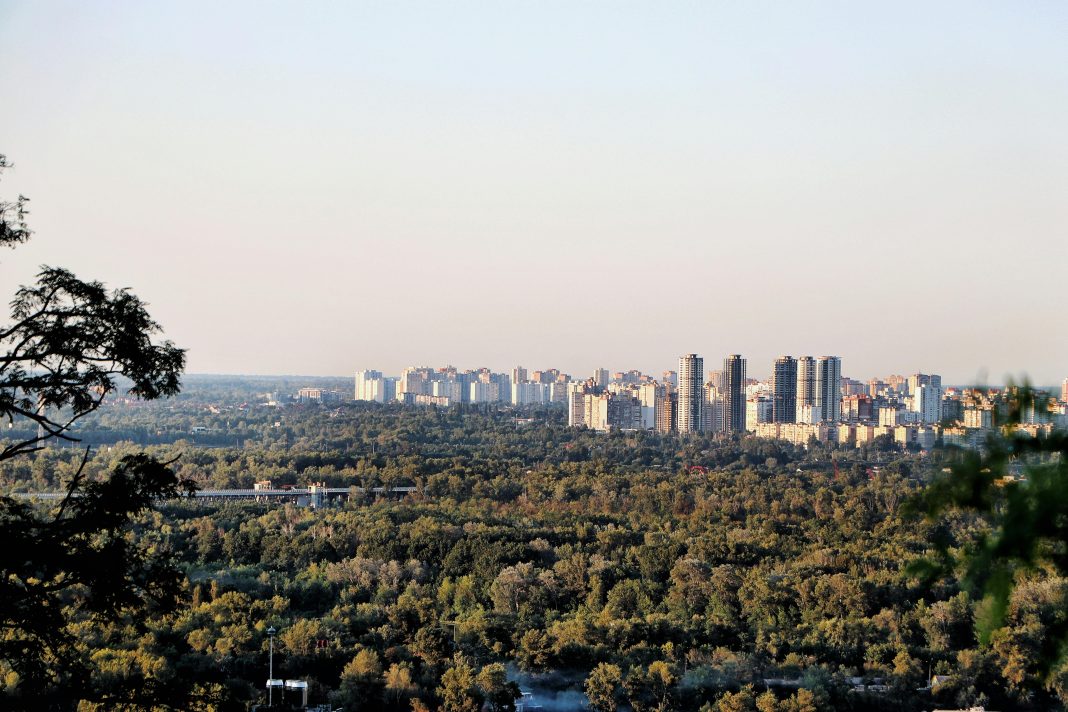In the battle against climate change, urban green spaces emerge not merely as oases of tranquility but as vital cogs in the machinery of urban resilience. As cities worldwide grapple with the escalating impacts of climate change—increased temperatures, frequent flooding, and deteriorating air quality—the strategic integration of green spaces offers a beacon of hope. This article delves into the multifaceted role of urban greenery in fostering climate resilience, underpinning the importance of nature in our urban fabric.
The Cooling Effect: Combatting the Urban Heat Island Phenomenon
Urban areas, with their dense infrastructure and scant vegetation, often experience temperatures significantly higher than their rural counterparts—a phenomenon known as the Urban Heat Island (UHI) effect. Green spaces, through the process of evapotranspiration and providing shade, naturally cool the surrounding air. Research indicates that parks and green roofs can lower urban temperatures by up to 2°C, making cities more livable during heatwaves and reducing the reliance on air conditioning, thereby cutting down energy consumption and greenhouse gas emissions.
Flood Mitigation: The Natural Absorbents
Increasingly unpredictable and severe weather patterns have heightened the risk of flooding in urban areas. Concrete jungles, with their impermeable surfaces, exacerbate runoff and flooding. Conversely, urban green spaces act as natural sponges, absorbing and filtering rainwater, reducing runoff, and alleviating the pressure on city drainage systems. The implementation of green infrastructure, such as rain gardens and permeable pavements, further enhances this water management capacity, showcasing the indispensable role of green spaces in urban flood mitigation strategies.
Biodiversity Havens: Supporting Urban Ecosystems
The strategic development of green spaces within urban settings supports biodiversity by providing habitats for a variety of flora and fauna. These ecosystems are not just crucial for the conservation of wildlife but also for the pollination of plants, including those in urban agriculture initiatives. Furthermore, biodiversity within urban green spaces contributes to the ecological resilience of cities, enabling them to better adapt to and recover from climate-related disturbances.
Air Quality Improvement: The Green Lungs of Cities
Urban greenery plays a crucial role in purifying the air. Trees and plants absorb pollutants and particulate matter, effectively acting as natural air filters. This not only enhances the health and well-being of urban residents but also contributes to the mitigation of climate change by sequestering carbon dioxide—a greenhouse gas significantly responsible for global warming. The expansion of urban green spaces is therefore essential in our efforts to breathe life back into our increasingly congested cities.
Psychological and Social Benefits: Enhancing Human Resilience
The advantages of urban green spaces extend beyond environmental and physical health benefits to include psychological well-being. Access to greenery reduces stress, enhances mood, and promotes physical activity, contributing to overall health resilience. Moreover, green spaces offer communal areas for social interaction and engagement, fostering a sense of community and belonging, which are critical components of social resilience in the face of climate change.
Policy Implications and Future Directions
The integration of green spaces into urban planning is not just a luxury but a necessity for climate resilience. Policies aimed at preserving existing green areas and incentivizing the development of new ones are crucial. Urban planners and decision-makers must prioritize green infrastructure, leveraging it as a tool for sustainable development and climate adaptation.
The future of urban development lies in the harmonious integration of nature and infrastructure, where green spaces are interwoven into the fabric of city planning. Initiatives such as vertical gardens, urban forests, and green corridors not only enhance the resilience of cities to climate change but also improve the quality of life for their inhabitants.
Conclusion
Urban green spaces stand at the forefront of our fight against climate change, offering sustainable solutions to the environmental challenges facing our cities. Their role in cooling urban areas, mitigating flood risks, supporting biodiversity, improving air quality, and enhancing psychological well-being underscores their multifaceted value. As we forge ahead, the strategic development of urban greenery will be paramount in our journey towards creating resilient, sustainable, and livable cities for future generations.

